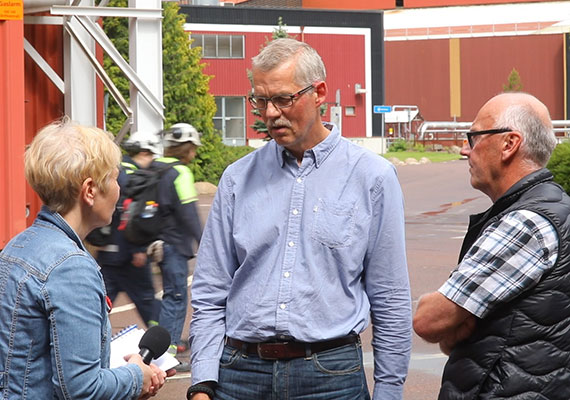27-point list improves management of everyday risks
Thomas Hälleberg, Manager of Energy and Media, was one of those involved in developing the new work method.
“Before, it was difficult knowing which risks to prioritize. But this list of defined areas and clear-cut, well-defined instructions have simplified the process of going over the risks and including it in the day-to-day work”, he says.
Specific risks
Inger Eriksson, who has led the work of preparing the new work method, explains that the difference is that we now talk about specific risks, i.e. risks we have no control over.
“The risks that we have control over do not count as specific risks and do not need the same degree of focus. In simplified terms, the method is about cross-checking risks against the list’s focus areas to see if there are specific risks that our particular work group or shift team need to remedy.”
Any specific risks are then added to the risk identification list, which is in MIA.
“We don’t want to complicate it. Instead, we want to make it as simple as possible for everyone to handle their everyday risks. We have therefore chosen tried and tested methods and processes, such as PDCA cycle and daily management”, says Inger Eriksson.
Increased risk awareness
For Thomas Hälleberg and his co-workers, risk management is now a standing item at Tuesday’s improvement meeting.
“Every Tuesday, we devote half an hour to going through the 27 focus areas on the list, and if we find specific risks that need to be remedied, we add them to our risk identification list”, he explains and says that the new work method has already yielded results in terms of increased risk awareness.
“Risks are part of everyday life. We think about them and see them more clearly by discussing them continually.”
Join Thomas Hälleberg and Anders Svensson as they explain the new work method for risk awareness and risk management.
